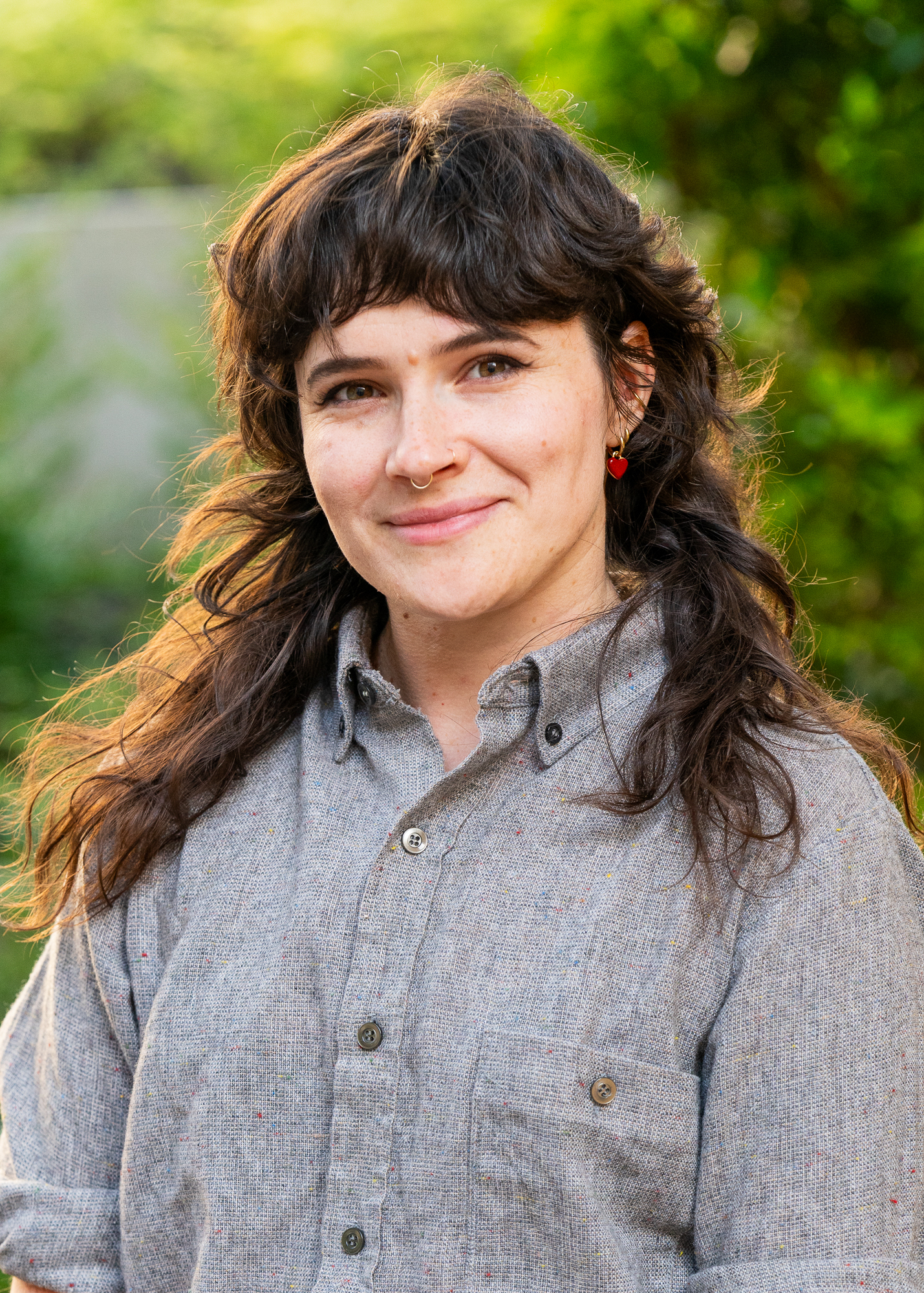Convocation spotlight: PhD '24 grad Daniela Roth
19 November 2024

PhD '24 grad Daniela Roth. Photo supplied.
When Daniela Roth entered her bachelor of science degree at the University of Alberta, she was interested in pathology. As she worked through her degree, she came to learn that specialization also included developmental biology. By her final year she realized that, while she loved the medical detective work of solving pathology, she was also stuck on the tricks in the embryogenic toolbox. To pursue her curiosity further, she embarked on a PhD in medical sciences, joining the Graf lab in the Mike Petryk School of Dentistry in 2018 with the aim of inducing pathology to study developmental biology.
Roth tells us what kept her going through the challenges of a lengthy degree program and where she is working now.
What are you most proud of from your time in the program?
I'm most proud of the community I built over the six years I spent in the Faculty of Medicine & Dentistry. Science doesn't happen in a black box, and the joy of making discoveries and mistakes in a world of others doing the same made it all worth it. I know now that the lasting colleagues and friends I'm leaving my PhD behind with were drawn to that enthusiasm and dedication when we first met. I'm proud to have kept that joy and fascination even on the other side.
How did you stay motivated when things got tough?
When my life started to rotate between windowless histology core, basement CT scanner and dark microscopy room, I found glimmers of motivation in the biology. Luckily for me, my supervisor (Daniel Graf, who moved to the University of British Columbia in 2023) was just as excited about cool things and beautiful pictures as I was. He helped foster that curiosity when it felt the dimmest, a lesson I hope to pass on to other students working their way through a big question.
What were your go-to spots on campus?
For some reason, I was always drawn to the older buildings on campus. I think it was because I could trick myself into imagining I was living in the periods of experimentation that I love to imagine the most — early embryology experiments, discovery of new tissue stains, microscopy as an art form. I found myself most productive in a little second-floor corner of the chemistry wing or tucked away by the windows in the North Cameron Library.
What kinds of scholarships or awards did you receive?
I received some scholarships from the Faculty of Medicine & Dentistry and was also lucky to receive the Alberta Graduate Excellence Scholarship from the province, the Dean's Doctoral Student Award and a Marie Louise Imrie Graduate Student Award. I also spent seven months working at the National Institutes of Health on a Pre-Doctoral Intramural Research Training Award.
What was one of the highlights of your time here?
I did a pre-doctoral fellowship at the National Institutes of Health in Bethesda, MD. I worked in a lab at the National Institute of Child Health and Human Development and had the spectacular opportunity to experience science at such a high level. I came away with some new technical skills, such as spatial transcriptomics; an appreciation for the nuance of government-funded science in America; and new insights into working alongside highly ambitious scientists.
What advice would you give to a student thinking of entering this program?
Follow your curiosity! If something catches your eye and keeps creeping back into your consciousness, it might be a good trail to follow.
What are you up to now?
I'm a postdoctoral scholar in the Bertassoni lab at the Cancer Early Detection and Advanced Research Center in Portland, Oregon. These first few months working alongside cancer biologists and tissue engineers have been a wonderful challenge, and I hope will continue to push me to cross the boundaries of scientific disciplines to advance human health for years to come.
Additional resources: